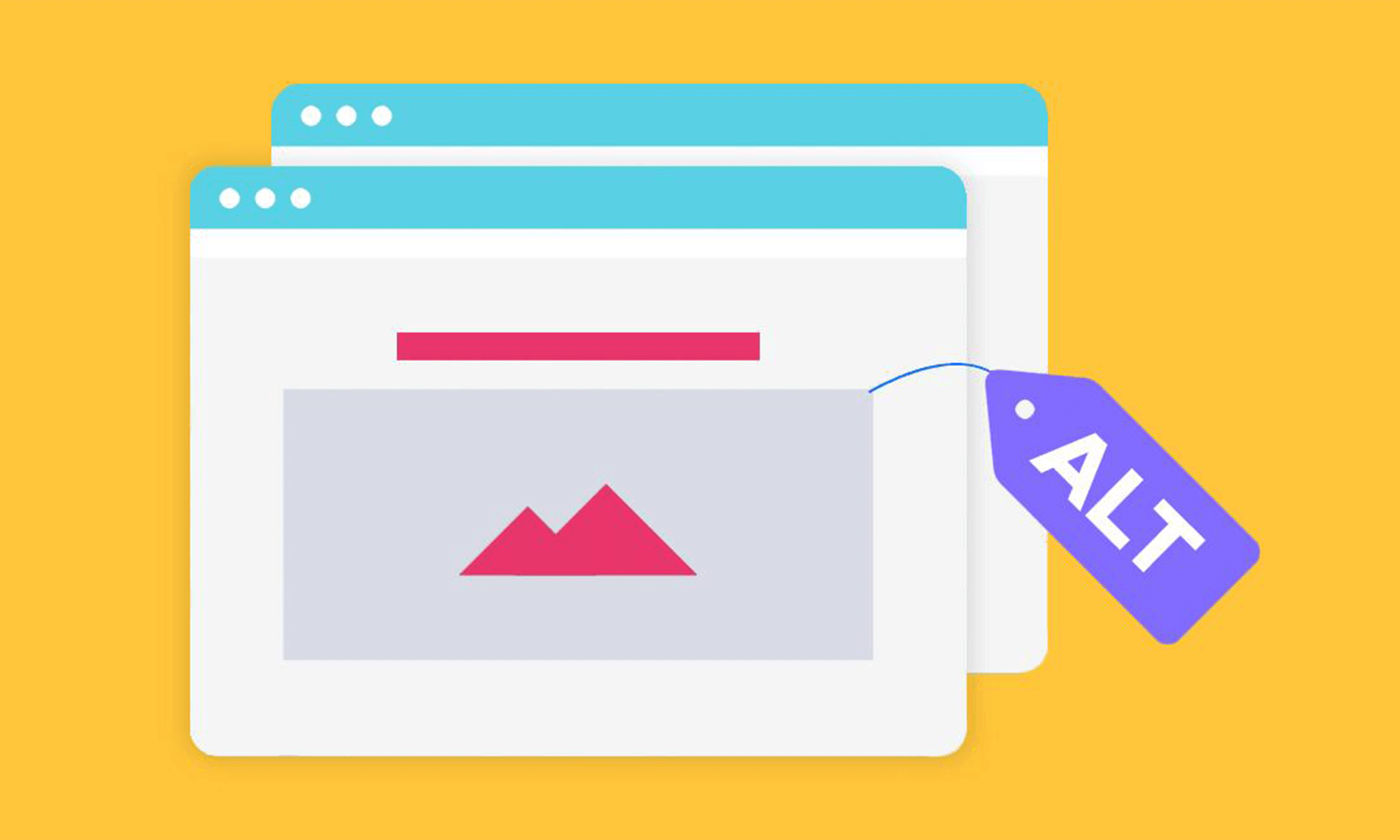6 Unique Web Design and Development Elements to Improve Accessibility
6 Unique Web Design and Development Elements to Improve Accessibility
Blog Article
In today's digital landscape, making your website accessible to everyone isn't just a good practice—it's essential. Inclusive design ensures that people of all abilities can engage with your content, improving user experience and increasing audience reach. If you're wondering how to boost accessibility, here are six unique web design and development elements to make your site more inclusive and user-friendly.
1. Keyboard Navigation
Not all users navigate websites with a mouse. Many rely on keyboard navigation to move through the content. As part of your web design and development strategy, ensure your site is fully operable using a keyboard alone. This means users should be able to access links, buttons, forms, and interactive elements using the tab key. Proper focus indicators and keyboard shortcuts will enhance the experience for users with motor impairments.
2. Alt Text for Images

Images are essential for visual storytelling, but they can create barriers for users with visual impairments. Including descriptive alt text for all photos ensures that those using screen readers can still understand the context and content of the visuals. The alt text should be concise yet detailed enough to convey the image's purpose, giving all users equal access to information.
3. Color Contrast and Readability
The color palette you choose in your web design and development affects accessibility. Low-contrast color schemes can make text difficult to read, especially for users with visual impairments such as color blindness. To improve readability, use a contrast ratio of 4.5:1 for standard text and 3:1 for larger text. Online tools like contrast checkers can help ensure your design meets these standards while maintaining aesthetic appeal.
4. Responsive Design
A mobile-friendly website is about more than just adapting to smaller screens. It's also about accessibility. Responsive design automatically adapts to different screen sizes, ensuring that content is accessible on any smartphone, tablet, or desktop device. It also assists people who rely on screen magnification to view content clearly, preventing them from needing to scroll horizontally.
5. Accessible Forms
Forms are crucial to most websites, whether for signing up, making purchases, or providing feedback. However, poorly designed forms can be challenging for people with disabilities. To enhance form accessibility, label all form fields clearly and use descriptive error messages to guide users through the process.
6. Video and Audio Transcriptions

Multimedia elements like videos and audio can enrich a website's content and create accessibility challenges. Providing captions for videos and transcripts for audio ensures that users with hearing impairments can engage with this content. Additionally, offering transcripts benefits users who may prefer reading over listening or are in environments where they can't use sound.
Conclusion
Incorporating these six web design and development elements can improve the accessibility of your site, making it more inclusive for users with varying abilities. Accessibility is not just about meeting legal requirements. It's about creating a better, more user-friendly experience for everyone. By focusing on accessible design, you will reach a wider audience and demonstrate your devotion to inclusivity and user satisfaction.